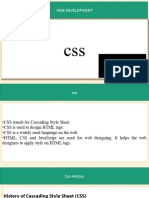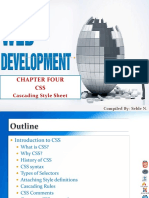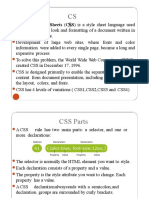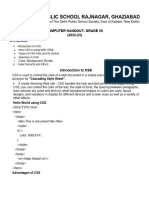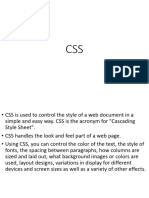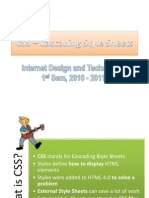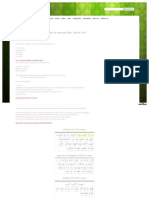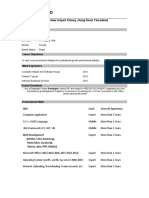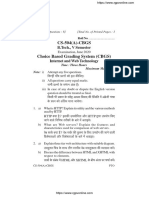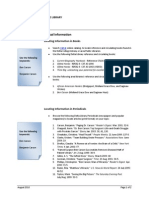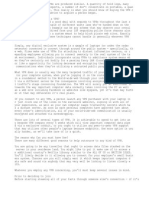0% found this document useful (0 votes)
5 views51 pages03 CSS
The document is a lecture on Cascading Style Sheets (CSS) for a CS 283 course, covering its purpose, syntax, selectors, and application in HTML. It explains various CSS properties such as colors, backgrounds, borders, margins, padding, and text styling, as well as how to apply CSS through external, internal, and inline methods. Additionally, it discusses CSS comments, font usage, link states, and combinator selectors.
Uploaded by
ntisamehCopyright
© © All Rights Reserved
We take content rights seriously. If you suspect this is your content, claim it here.
Available Formats
Download as PDF, TXT or read online on Scribd
0% found this document useful (0 votes)
5 views51 pages03 CSS
The document is a lecture on Cascading Style Sheets (CSS) for a CS 283 course, covering its purpose, syntax, selectors, and application in HTML. It explains various CSS properties such as colors, backgrounds, borders, margins, padding, and text styling, as well as how to apply CSS through external, internal, and inline methods. Additionally, it discusses CSS comments, font usage, link states, and combinator selectors.
Uploaded by
ntisamehCopyright
© © All Rights Reserved
We take content rights seriously. If you suspect this is your content, claim it here.
Available Formats
Download as PDF, TXT or read online on Scribd
/ 51





